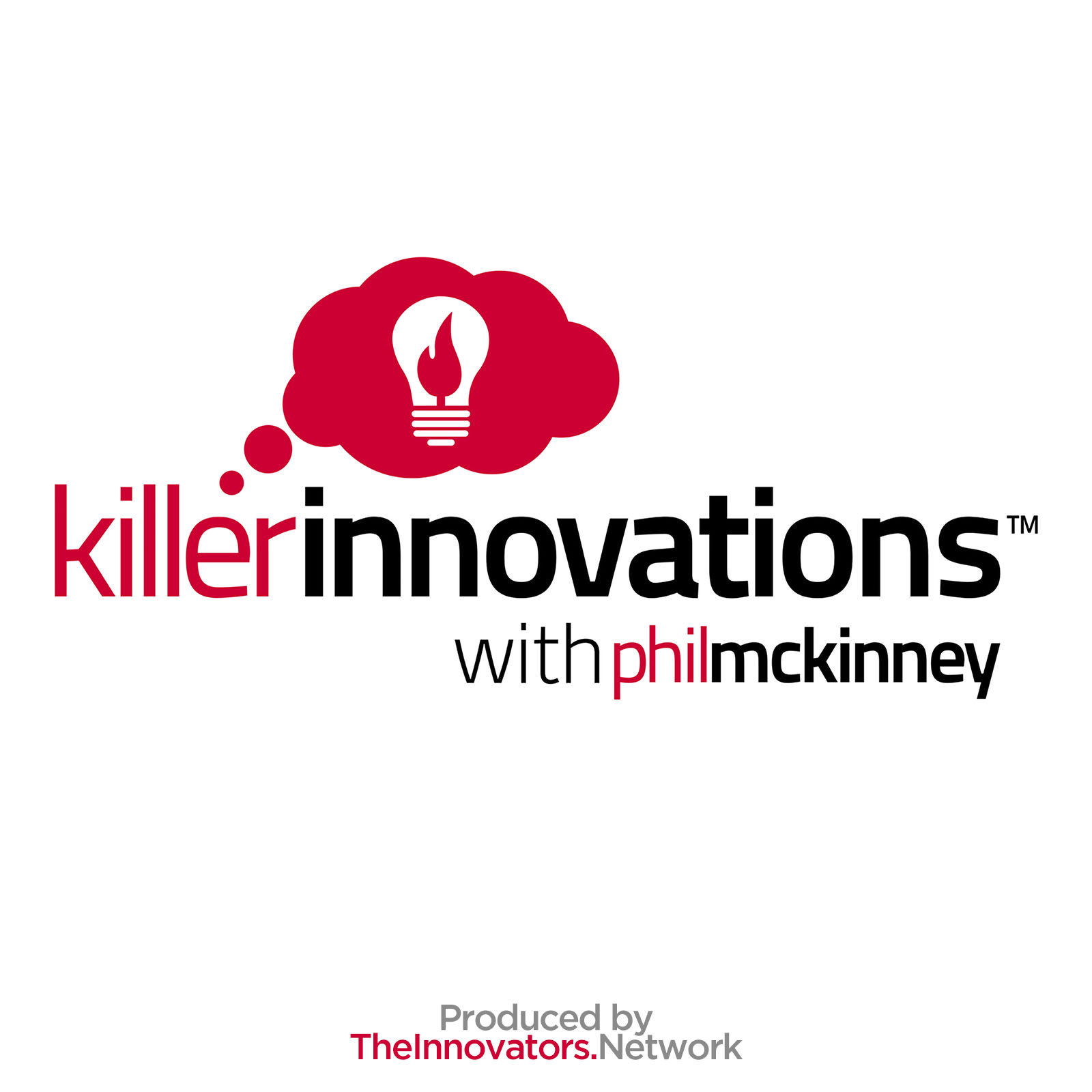

Ideation – How to Generate More and Better Ideas
This week’s show covers an area that is critical to your innovation success. Ideation is the act of generating ideas, which is part of the FIRE (Focus, Ideation, Ranking, Execution) framework that we use to help discover ideas and lead to disruptive innovations.We will break down FIRE and discuss ideation and the process of our Disruptive Ideation Workshops.
FIRE
In the past, we have covered the four elements of the innovation framework, consisting of focus, ideation, ranking, and execution. Focus is the area that you set up processes and ways of collecting info that identifies problem areas. Ideation is where you create a funnel of ideas and collect them. The Ranking is where you take this collection and score the ideas based on their impact and importance. Execution is where you take the best ideas and experiment to see what your outcome can be. FIRE is a framework that is used by many organizations that tailor it to their specific wants and needs. We will discuss the ideation aspect of FIRE.
Ideation
Ideation needs to consist of a type of idea that is being targeted. There are killer ideas, which are breakthroughs and create an advantage that makes the entire marketplace react. These are giant leaps forward and will shock the existing market. Incremental ideas are improvements in product quality, new features, etc., and happen over time. You need to be clear with your team where your focus will be on the type of idea.
I like to use tools that help trigger ideas. We use the Killer Questions Card Deck that focuses on questions based on the who (customer), the what (innovating product), and the how (organizational transitions that need to be made). Think about the questions you want to ask in ideation activities. You need to prepare for this and come to it from multiple different angles. There is feature versus function ideation. An example of a feature is to design a better cup. An example of a function is to design a better way to carry liquids. It would be best if you focus on coming up with complete ideas.
Ideation Workshop Process
Let’s walk through the exact process I take people through during our ideation workshops. Firstly, we start with individual ideation. We use sticky notes and put one idea on each sticky note. We spend about twenty minutes working on this, and you want to get 20 good ideas. Next, we use a process called SCAMPER (Substitute, Combine, Adapt, Modify, Put to another use, Eliminate, Reverse). Search SCAMPER under Google for more info or check it out on Killerinnovations.com.
At this point, it is still an individual activity. Done for about ten minutes, you will want to come up wi